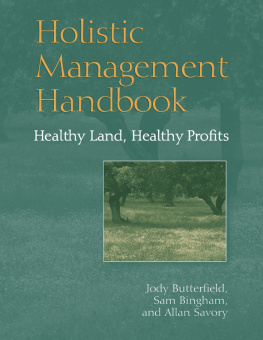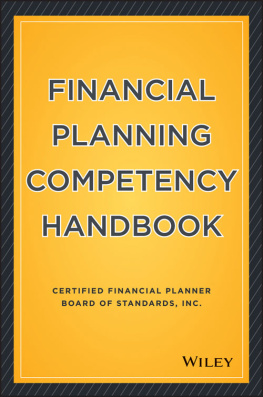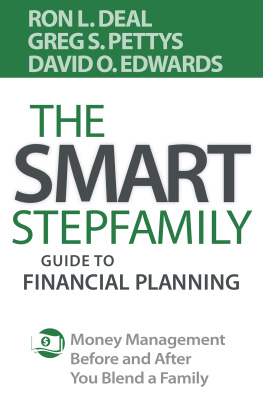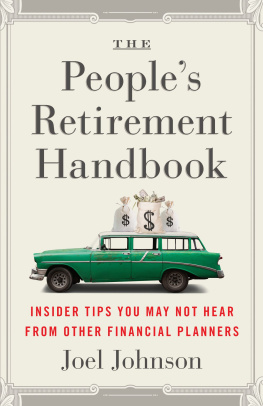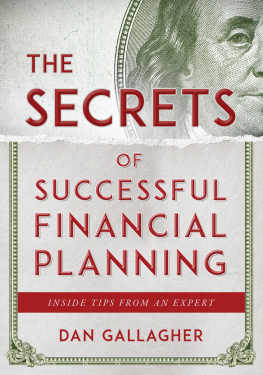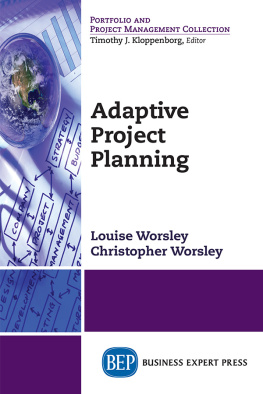ABOUT ISLAND PRESS
Island Press is the only nonprofit organization in the United States whose principal purpose is the publication of books on environmental issues and natural resource management. We provide solutions-oriented information to professionals, public officials, business and community leaders, and concerned citizens who are shaping responses to environmental problems.
In 2006, Island Press celebrates its twenty-first anniversary as the leading provider of timely and practical books that take a multidisciplinary approach to critical environmental concerns. Our growing list of titles reflects our commitment to bringing the best of an expanding body of literature to the environmental community throughout North America and the world.
Support for Island Press is provided by the Agua Fund, The Geraldine R. Dodge Foundation, Doris Duke Charitable Foundation, The William and Flora Hewlett Foundation, Kendeda Sustainability Fund of the Tides Foundation, Forrest C. Lattner Foundation, The Henry Luce Foundation, The John D. and Catherine T. MacArthur Foundation, The Marisla Foundation, The Andrew W. Mellon Foundation, Gordon and Betty Moore Foundation, The Curtis and Edith Munson Foundation, Oak Foundation, The Overbrook Foundation, The David and Lucile Packard Foundation, The Winslow Foundation, and other generous donors.
The opinions expressed in this book are those of the author(s) and do not necessarily reflect the views of these foundations.
Holistic Management Handbook
Healthy Land, Healthy Profits
Jody Butterfield, Sam Bingham, and Allan Savory

Copyright 2006 Allan Savory
All rights reserved under International and Pan-American Copyright Conventions. No part of this book may be reproduced in any form or by any means without permission in writing from the publisher: Island Press, 2000 M Street, NW, Suite 650, Washington, DC 20036, USA.
The authors are grateful for permission to reprint the excerpt quoted in Part 3 from Don Coyote: The Good Times and the Bad Times of a Much Maligned American Original, by Dayton O. Hyde, Johnson Books, 2004.
Island Press is a trademark of Island Press/The Center for Resource Economics.
Library of Congress Cataloging-in-Publication Data
Butterfield, Jody.
Holistic management handbook : healthy land, healthy profits / by Jody Butterfield, Sam Bingham, and Allan Savory.
p. cm.
Rev. ed. of: Holistic resource management workbook / Sam Bingham with Allan Savory. c1990.
Includes index.
ISBN-13: 978-1-55963-885-2 (paper back : alk. paper)
ISBN-10: 1-55963-885-0 (paper back : alk. paper)
1. Range management. 2. GrazingManagement. 3. Land usePlanning. I. Bingham, Sam. II. Savory, Allan, 1935 III. Bingham, Sam. Holistic resource management workbook. IV. Title.
SF85.B48 2006
633.202dc22
2006026982
Printed on recycled, acid-free paper 
Manufactured in the United States of America
10 9 8 7 6
CONTENTS
FIGURES
BOXES
Part I
Part II
Part III
Part IV
FOREWORD
This handbook is a revised edition of the Holistic Resource Management Workbook (1988), which was a first attempt to clarify and describe in detail the Holistic Management planning procedures essential for the land manager. Sam Bingham agreed to author that first edition at my request. I had grown stale in presenting material I had worked with for over thirty years and knew like the back of my hand. Sam had a flair, which I lacked, for making somewhat dry material come to life. He also understood the struggles of those new to practicing Holistic Management, having experienced them himself over a six-year period.
When it came time to produce this new edition, Sam was my first choice as principal author, but other commitments kept him from accepting the task. However, he agreed to review the manuscript as it progressed, and because so much of the book is still in his words and so many of his examples are included, weve left his name on the title page.
Jody Butterfield, a cofounder with me of the Savory Institute (and, coincidentally, my wife) did the bulk of the work on this edition, spending countless hours collecting the updates from our network of associates, and numerous practitioners, and hammering them into a finished text. Though I drafted some pages of new material and looked over much of the old, I served mainly as technical advisor, reviewing the manuscript as it progressed.
In the years since 1988, we have learned much from those who put the planning and monitoring procedures into practice. While the first edition was aimed at ranchers in the American West, this edition also includes the ideas and experiences of ranchers and farmers from other U.S. regions and from many more countries.
As the first edition was, this handbook is a companion to the textbook Holistic Management: A New Framework for Decision Making (2nd edition, 1999). There was a need for a book that speaks to the general reader as well as the rancher or farmer, because these ideas not only touch all of our lives profoundly, they also provide ammunition to effect the changes needed to ensure our planets survival; the textbook does that. The specifics of the planning procedures essential for all land managers would have clouded the understanding of the general reader and were better detailed in this handbook. Both books are indispensable to ranchers and farmers.
I hope this edition is found to be as enlightening and useful as the first. As always, we invite your comments, criticisms, and suggestions for improvement. Your contributions and practical experience have brought us this far and remain essential to advancing the frontiers of Holistic Management.
Allan Savory
PREFACE
This book is designed as a practical companion for people who actually manage land and any others who want to know what responsibility for land really means. Most of all, however, it is written for the ranchers and farmers who make a living directly from the earth. Upon them rests the fate of everyone else.
The companion book to this one, Holistic Management: A New Framework for Decision Making, by Allan Savory with Jody Butterfield, attempts to clear the view from theory toward practice. This handbook looks the other wayfrom practice toward theory. In fact, however, the theory and the practice evolved together and are still evolving. The two books cover much of the same ground but from different perspectives. You need both. Dont risk resources on the information in this book without reading the textbook, and dont manage your operation from the advice in the textbook without mastering the details explained here.
HOW THIS BOOK WORKS
People attending Holistic Management training sessions hear early and often this warning: Never think of Holistic Management as a management system!
Easier said than done.
Although each of the four planning and monitoring procedures covered in this book takes a systematic approach to the management of your land, livestock, and finances, built into them is the realization that no land, family, economy, marketplace, or weather is the same year after year. The word plan becomes a twenty-four-letter word: plan-monitor-control-replan.
And thats what can save you as you encounter the inevitable problemsa hiccup in the futures market, a prize cow that tears up fences, an in-law who destroys pickup trucks, drought. In the beginning, too many managers scrap the planning, monitoring, controlling, and replanning when things go wrong. Its easier to beg off and say, Oh, well, at least weve got more herd effect than before!

